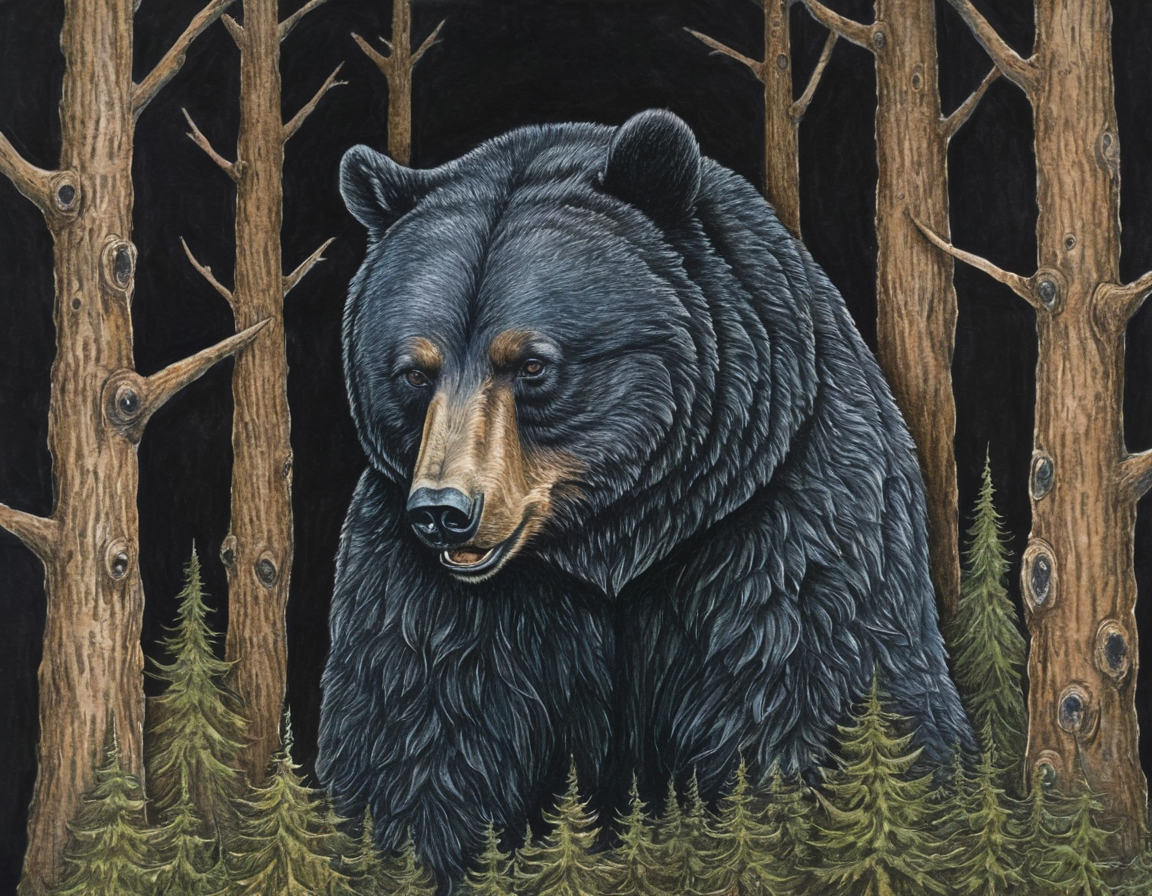I just don’t get it - let’s spend so much money, development and hardware to render the most clean game possible, avoid aliasing and increase detail… And then let’s enable color distortion as if we were vieweing the game through a 1930’s cinema projector. Add in some film grain too! This saves me the effort of covering my monitor with dirt!
Make sure to make those options enabled by default on every game you release too!


There actually is a reason for both of those to be used in video game development
You really should do some research on practical applications of both of these features
And apparently do some research into how these are implemented.
Noise/Grain is used to add texture after using some sharp aliasing, it can subtly help blend things. Similarly aberration can help soften edges that get really sharp when rendering.
Irregardless of what they can practically be used for, they are implemented as simple features that users have the ability to control. Both features are just screen space shaders that take very little dev time and processing power. They are added as an extra little feature that’s simple not because the CEO is too cheap. It sounds like you are unhappy with a game you’ve played and seemingly blamed it on them adding a noise filter, so now any use of it is lazy.
Eh, grain doesn’t add a texture to anything. It’s a screen space effect that’s added to the image as a whole. And yeah sure it can mask sharp corners. And soft corners. And crisp textures. And soft textures. And small detail. That’s a given, considering it’s drawn right over them.
That’s like saying you could solve a wrong hue in a texture by enabling color blind mode by default. You could, but you’d probably - correctly - realize that you’re massively degrading the image quality for no good reason. Exactly what film grain and chromatic abberation do, mind you.
If that were always the case - and ideally they’d be off by default - then sure. Even better would be if they were used to highlight specific situations only, like when showing an old video ingame or looking through an old lens aparature or so.
No, I’m unhappy with any game that enables these all through. Doesn’t meant the games are overall bad. But they could be better, like if they didn’t have film grain or chromatic abberations. Simple.
Film grain is useful specifically in cases where you’re using lighting techniques that have to take a lot of expensive per-pixel samples. If you reduce the number of samples to save on performance, the value doesn’t converge and therefore you end up with random noise in your lighting output. Film grain is a compromise that adds random noise everywhere so that the noise in lighting is less noticeable, which looks even worse. Generally it’s combined with a sharpening filter that retains hard edges, but if overused it can definitely wash out texture detail.
Motion blur is useful in cases where you’re using temporal effects that gather screen-space data over several frames. These generally look great if the camera stays mostly still, but if the camera is moved a bunch you might end up with “ghosting” as the previous frames’ data is used for an incorrect camera position, and motion blur lets that data accumulate before the image is clear enough to spot issues.
Chromatic aberration is unlike those in that it’s not generally covering anything up, it is entirely an artistic effect. I think it can look pretty amazing if used subtly, but much like bloom it can very easily be overused and just get annoying instead. If you’re noticing the distinct RGB color banding at the edges it’s being used too much. But used right, it can give a lot of flair to bright lights, with a mild bit of hue shift at the edges.
I don’t like motion blur or film grain, I think they’re both crutches and look like piss, but to a dev team given limited resources to get a game out the door, they might be the crutch that makes the game shippable. Believe it or not, both of those effects look better than what they’re generally covering up. Games are all held together with duct tape and prayers under the hood.